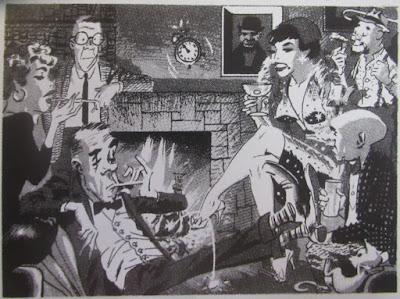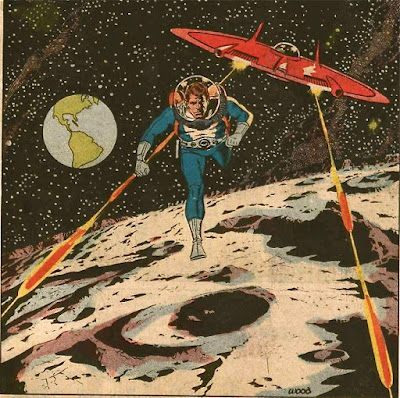According to a book called "Murder Ink," England is a country steeped in its history of beheadings and quirky murders.
Something in the English character makes the people there fond of crime stories.
Here's (above) an English village, the site of at least half the murders in mystery novels. It has a cycling vicar, a tea shop, a post office where residents read each other's mail, and a pub.
The pub's name is probably derived from some gruesome historical event. There's (above) that headless thing again.
Haw! For some the idea of an honest lawyer will seem more bizarre than the severed head.
Here's (above) Black Shuck, a mysterious hound that believers say wanders around rural England in search of victims.
I don't want to exclude London, so here's (above) the stately Old Scotland Yard building situated near the Thames.
Not so photogenic was London's old Newgate Prison, described by prisoners as Hell on Earth.
Newgate is gone now but I think a fragment (above) still survives.
The prison was conveniently located near the courts at The Old Bailey.
Am I imagining it or does the this old courtroom look like something Maybeck or Frank Lloyd Wright would have done?
Here's (above) a holding cell where inmates waited for their hearings to begin. It doesn't look very comfortable.
I'm guessing that this drawing depicts the goings on in that cell, though it seems doubtful that the artist ever personally witnessed it.
Prisoners were expected to provide their own food. Relatives and friends would drop food into the cell through a hole in the ceiling.
Escapes from Newgate could be lavishly detailed in the press. Here (above) every obstacle the convict had to surmount was carefully documented.
Gee, thinking about all this makes me want to visit England.
























































